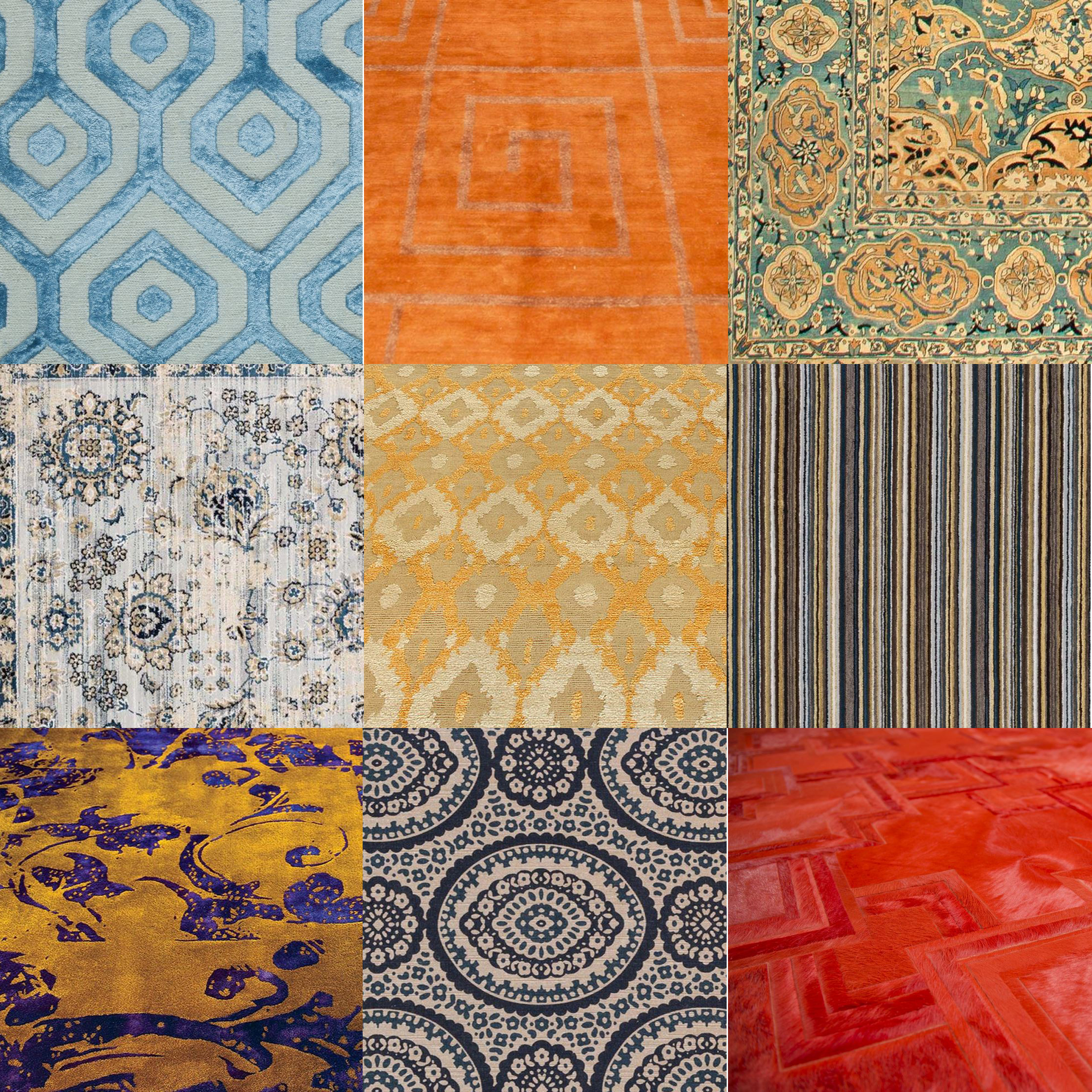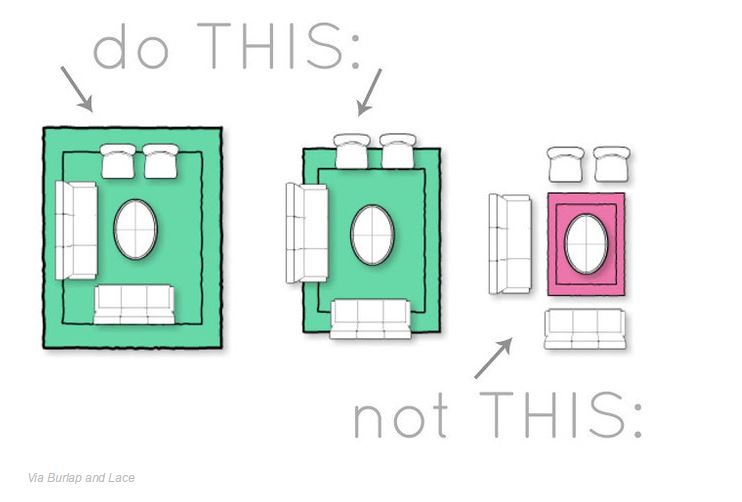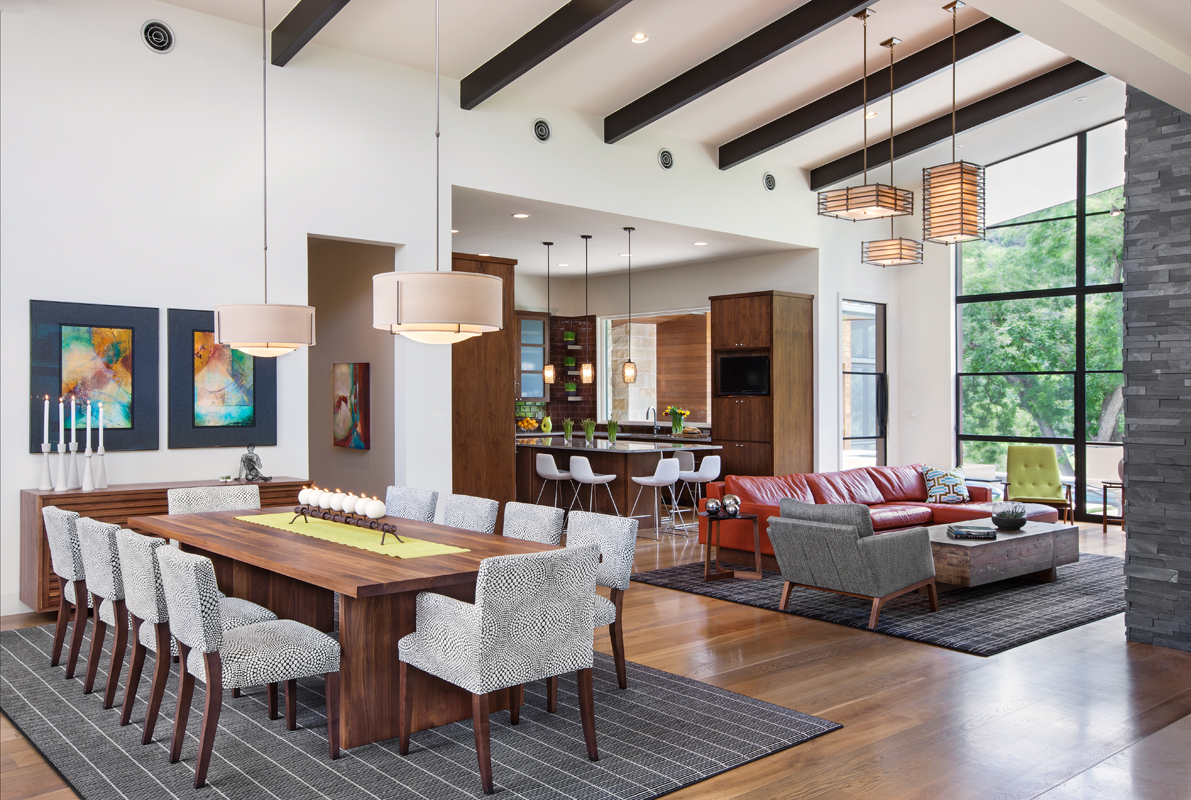Need a new rug for your home? Of course you do! I have good news and bad news for you. The Good News: There are thousands of rug options out there! The Bad News: There are thousands of rug options out there! The sky is the limit when looking for a new rug- and because of that, the available choices can seem overwhelming. Here are 3 things to consider when you are looking for a new rug which will help you narrow down your search.

1. Fiber Content of the rug:
You’ve spent time with your designer selecting the perfect pieces of furniture for your space, now you just need a rug to tie the room together! Consider your budget and your lifestyle to help narrow down your rug selection. Do you want a 100% wool rug? Or do you want to upgrade to a rug with silk fibers? Consider your lifestyle: If your kids are grown and your pets are well trained, a silk rug can be a gorgeous showpiece- but if you still have young ones running around with grape juice in their sippy cups- perhaps looking for a rug with nylon fibers is the most realistic option. Here is a little info about some of the most common fibers used in carpets:
- Wool: Wool is a natural fiber that is durable, has good resiliency and good soil resistance; it is also naturally flame resistant. Wool carpets do require professional cleaning but with proper maintenance can last decades. Wool is not cheap and is often seen as an investment.
- Silk: Silk is a natural fiber that creates a soft and luxurious hand. Silk is a strong fiber, but it can crush easily so it is better used in low-traffic settings. Silk dyes well so it is available in a wide range of vibrant colors. Silk is expensive so it is often blended with other fibers- often wool or nylon- to bring down cost and to add to its durability. Silk is also seen as an investment with the intentions of it lasting decades.
- Nylon: Nylon is a synthetic fiber that is very durable, very resilient, offers good stain resistance, has limitless color options, and is easier to clean than natural fibers. Nylon fibers are used to create the look and hand similar to wool- so you can get the look of wool, but for less. Nylon is great for high traffic areas so it is a common choice for many households.
2. Types of Rugs available:
- Tufted Rugs: These rugs make up the majority of rugs on the market today. The tufted material, which is usually man-made is injected into a backing material, then bonded to another material to add strength.
- Knotted Rugs: These rugs can be man-made or machine made, depending on its origins. The threads making up the rug are pulled through a backing material into various intricate patterns. These are available in a variety of sizes and colors.
- Woven Rugs: These rugs are created on a loom. You will see both loop pile (aka Berber) and cut pile or a combination of the two with this style or rug. Hand loomed rugs take many months, sometimes years to create. Each one is truly one of a kind. This is the most expensive of the various types of rugs available.
- Hooked Rugs: The hooked rug is a style where pieces of fabric or threads are pulled through a burlap backing to crate a simple rug. This tends to be one of the least expensive types of rugs, yet can add a little arts and crafts charm to your room.
- Flat Weave Rugs: Threads or long pieces of material are being woven in and out of a cotton backing instead of tied around it. You can find these rugs made by hobbyists in various fabrics such as denim and old pieces of clothing.
- Embroidered Rugs: Rather than being formed on a loom, embroidered rugs are hand stitched onto a cotton or linen backing, held taut by a frame. This style used to be a favorite pass-time for the olden days, but the advent of steel needles allowed embroidered rugs to be mass produced. However, hand embroidered rugs can still be found today.
3. Placement of the rug and traffic:
Before you begin your search for a new rug, consider what room it is going in and how your furniture is arranged. In a formal living room where there's not much traffic, you may want to splurge on a real piece of art at your feet and go with a truly custom silk rug. The shape of the rug is dictated by how your furniture is arranged. Do you have an L-shape with a sofa along one side and 2 chairs on an adjacent side? That calls for a rectangular rug. On the other hand, two conversational sofas that face each creates more of a square layout? Determining exactly how you want your furniture to be placed - and finalizing the selection of your furniture - is important before selecting a rug for your room.
4. Size of the rug:
This is the most important factor in choosing a rug for any space. It is easy to underestimate the size of rug that your room requires. Once you’ve determined how your furniture will be arranged, take a look at your space and figure out what size of rug you need. For a living room seating area a good rule of thumb is to have all the legs of the furniture on the rug or only the front legs of your seating on the rug.
 |
 |
If you are putting a rug under your dining table, you want to make sure that someone can slide a chair out to sit down without the back legs falling off the edge of the rug. Don’t force your furniture to fit on a common sized rug. If the ideal rug size for your living room is 11’ x 15’ you may need a custom made rug if you can’t find a pre-made one in that size. If a fully custom made rug is out of your budget, going to a carpet showroom is your next best option for a semi-custom rug. Have your designer assist you with picking a carpet that compliments your room and your lifestyle. You can order the carpet and have a professional cut and serge the edges to create the perfect rug just for your living room!
In the living room pictured above we wanted all the furniture to be sitting on top of the rugs. This is a good example of how you can pick a carpet and have it cut and the edges serged to create an area rug. Both the living room and dining room rugs in this picture are actually carpets we had custom made into rugs to perfectly fit each space
5. Buy rugs made by adult artisans:
If you are looking for a hand woven rug, make sure to look for the GoodWeave label. The rugs most likely to have been made from child labor are the cheapest Indian, Nepalese and Afghan rugs. When in doubt, just ask your designer. They will lead you in the right direction.
6. Know your focal point:
- Furniture is the focal point: If the focal point of a room is the furniture, it is best to go with soft colors and tones, with many plain rugs being good choices. This can also be a sculpted pile or a repetitive pattern, as long as it stays subtle.
- Fireplace is the focal point: If the focal point of a room is a fireplace, it is usually best to choose a rug that has a subdued all-over pattern or a plain rug that compliments the surroundings so that it does not become a distraction. Once again, you can get away with a subtle pattern.
- Art is the focal point: If you have a great piece of art, it will always steal the show. Compliment the artwork with your rug by selecting one of the accent colors in the piece. If it is blue and white with a small splash of orange, go for the orange rug to make your artwork pop.
- Rug is the focal point: If the focal point is the rug, the sky is the limit (assuming you still match everything else that is going on in the room). Find a fun pattern, vibrant color mixes, stripes, circles, anything goes. Put a glass top coffee table on it and throw some solid color accent pillows on the sofa and you have a room full of energy and style.
Ready to update your home and bring some new life into a room needing some love? Contact us today to help!
